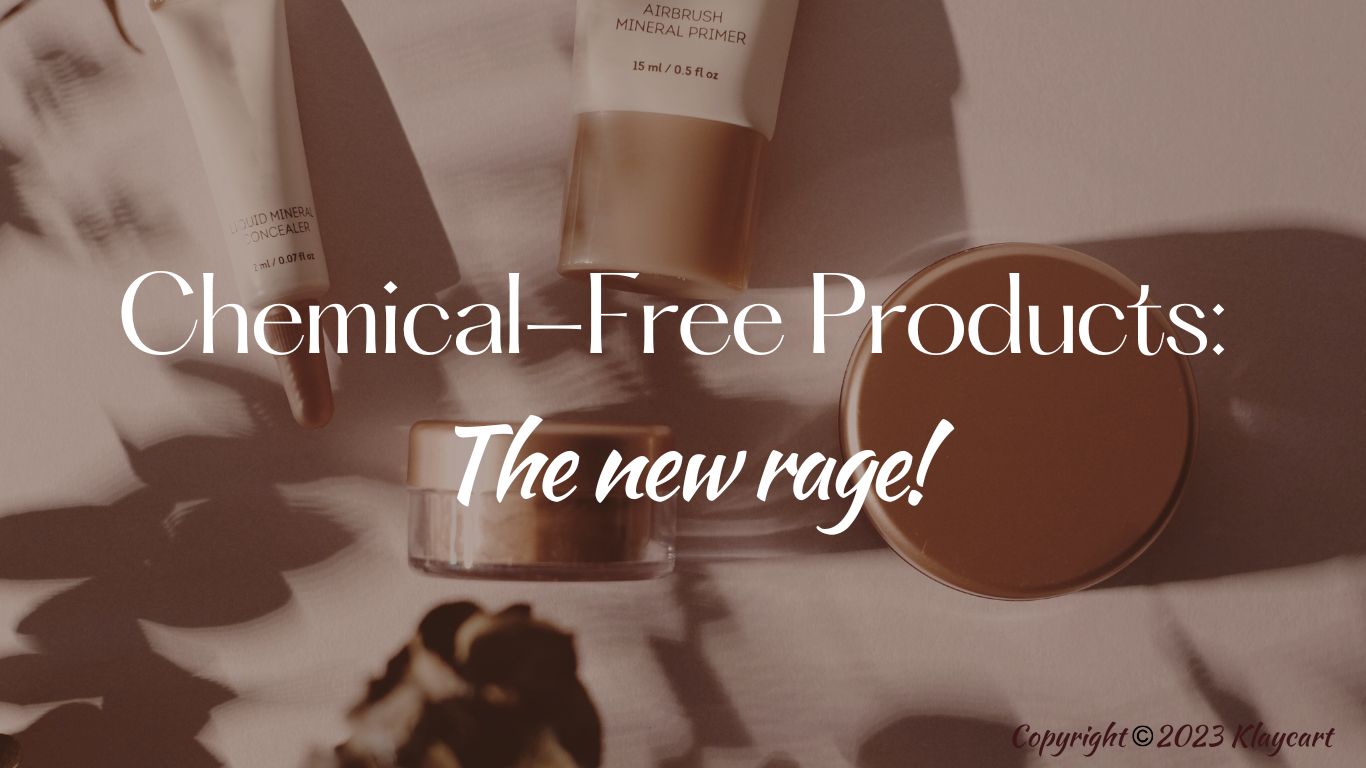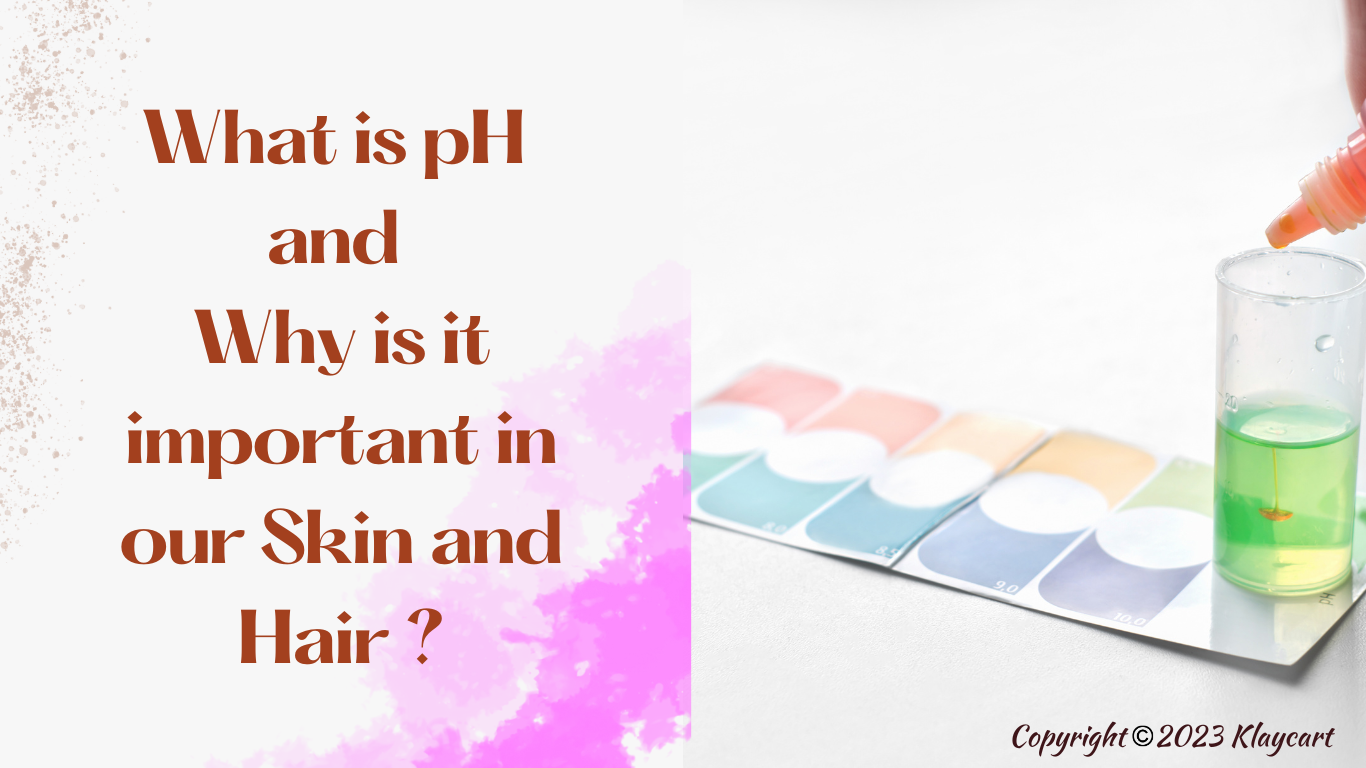Cosmetics are a part of our everyday lives. We use them to cleanse, cover, and enhance our appearance. Still, some cosmetics have some ingredients that have the potential to cause an allergic reaction in some individuals. People can develop allergies to specific ingredients in cosmetics, leading to skin irritations or allergic contact dermatitis. The list of such ingredients usually include -
Latex -Latex is a natural rubber that's frequently used in cosmetics, similar to as makeup, eyeliner, and lipstick. It can beget an allergic response in some people who are sensitive to latex. Symptoms of latex induced allergic reaction can include symptoms such as hives, itching, swelling, and difficulty in breathing.
Fragrances –Fragrances are added to cosmetics to give them an affable smell. Still, numerous fragrances contain constituents that can beget allergic responses. Common scent allergens include linalool, geraniol, limonene, and benzyl alcohol. Symptoms of a scent induced allergy can include sneezing, rhinorrhea, hives, and irritation in throat and nasal mucosa.
Preservatives -Preservatives are added to cosmetics to increase their shelf life and to restrict the growth of bacteria and fungi. Still, some preservatives are known to produce allergic responses. The list of common allergenic preservatives includes parabens, formaldehyde, and quaternium-15. Symptoms of a preservative induced allergic reaction can include hives, itching, and redness.
Dyes & pigments – Dyes and pigments are added to the cosmetics to give them color and inturn make them look more attractive. Still, some of these colors can also set off an allergic response in some individuals who are sensitive to them. Commonly known color allergens include FD&C Blue No. 1, FD&C Red No. 30, and FD&C Yellow No. 5. The symptoms of a color induced allergy include hives, itching, and redness.
What Are The Most Common Chemical Allergens In Hair Care Products That May Trigger Allergic Response?
The commonly found chemical ingredients in hair care products, that are known for their allergenic properties include:
1. Formaldehyde – It is a preservative similar to DMDM hydantoin, imidazolidinyl urea, diazolidinyl urea and quaternium-15 but it is marked as one of the leading preservative allergen in the US by USFDA.
2. Para-phenylenediamine – Found in number of hair colors and this too is listed as a potent allergen.
3. Nickel and other metal based pigments - Nickel and other metallic pigments commonly found in the ingredient list of most cosmetic products can trigger an allergic reaction in the individual sensitive to such additives.
4. Shellac, synthetic resins, lanolin and botanicals - These ingredients are abundantly used in lip balms, hair sprays and other cosmetics. Despite being of natural origin, they still can cause allergic reaction in some individuals.
5. Cocamidopropyl betaine (CAPB) is a common surfactant used for creating a foamy lather in premium soaps and other skin cleansing products. Although it is considered as safe and well-tolerated surfactant, but still it can cause allergic reaction in some individuals who are sensitive to it.
6. Fragrances are notorious sensitizers and utmost hair care products are loaded with scent.
7. Coal Tar derivatives: Coal Tar derivatives are found on the ingredient list of some anti-dandruff shampoos and soaps. They are known to set-off an allergic reaction in individual having sensitivity to it.
Other known allergens in the list include propylene glycol, vitamin E, parabens, benzophenones, iodopropynyl butylcarbamate, methyldibromo glutaronitrile/ phenoxyethanol and glycerol thioglycolate.
Here Are Some Tips To Avoid Allergic Response From Cosmetics:
Know the ingredients. The best way to protect oneself from any possible allergic reaction from cosmetics is to read the ingredient list on the product label, which will tell you that what constituents are used in that product. If you notice any of the constituents that you're allergic to, then avoid using that product. Use natural products like Natural Hair Oil, neem facewash, naturally made kajal, or lipsticks as much as possible.
Choose fragrance-free products – Fragrances are one of the most common ingredient in cosmetics that trigger the allergic response in a cosmetic. Therefore, choosing a scent-free product is a wiser step whenever possible.
Look for products that are labelled as" hypoallergenic". Hypoallergenic products are designed to be less likely to produce allergic responses in the user. Still, there's no guarantee that a hypoallergenic product won't set-off an allergic response in every user because sensitivity is individualized and may occur in few individuals even when hypoallergenic products are used.
Run a “Patch test”. It is prudent while using any new cosmetic product, to run a Patch test before starting its extensive usage. If you're even a bit doubtful about the safety of any new product, then Patch test is the best protection against any possible allergic flare-up. It is quite simple to run a Patch test of a product by applying a small amount of that product to a small area of skin on your inner arm and cover the area with a cotton bandage and leave it on for 24 hours. If any of the allergic symptoms such as itching, redness or swelling appears then discontinue usage immediately.
By following above tips, you can avoid allergic reactions from cosmetics.




Leave a comment
All comments are moderated before being published.
This site is protected by hCaptcha and the hCaptcha Privacy Policy and Terms of Service apply.